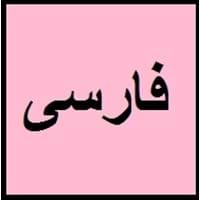Persian vs Cantonese
- In Iran, Parsi language is known as Farsi, while in Afghanistan Persian language is known as Dari.
- Persian language has borrowed many loanwords from the Arabic language.
- Cantonese have lot of slangs, many of them include words that do not make sense at all and some also have English in them.
- Even though Cantonese and Mandarin are dialects of Chinese, Cantonese has 8 tones instead of Mandarin's 4.
Persian and Cantonese Language History
Comparison of Persian vs Cantonese language history gives us differences between origin of Persian and Cantonese language. History of Persian language states that this language originated in 1500 BC whereas history of Cantonese language states that this language originated in 17th century. Family of the language also forms a part of history of that language. More on language families of these languages can be found out on Persian and Cantonese Language History.
Persian and Cantonese Greetings
People around the world use different languages to interact with each other. Even if we cannot communicate fluently in any language, it will always be beneficial to know about some of the common greetings or phrases from that language. This is where Persian and Cantonese greetings helps you to understand basic phrases in Persian and Cantonese language. Persian word for "Hello" is سلام or Cantonese word for "Thank You" is 谢谢. Find more of such common Persian Greetings and Cantonese Greetings. These greetings will help you to be more confident when conversing with natives that speak these languages.
Persian vs Cantonese Difficulty
The Persian vs Cantonese difficulty level basically depends on the number of Persian Alphabets and Cantonese Alphabets. Also the number of vowels and consonants in the language plays an important role in deciding the difficulty level of that language. The important points to be considered when we compare Persian and Cantonese are the origin, speaking countries, language family, different greetings, speaking population of these languages. Want to know in Persian and Cantonese, which language is harder to learn? Time required to learn Persian is 44 weeks while to learn Cantonese time required is 88 weeks.





